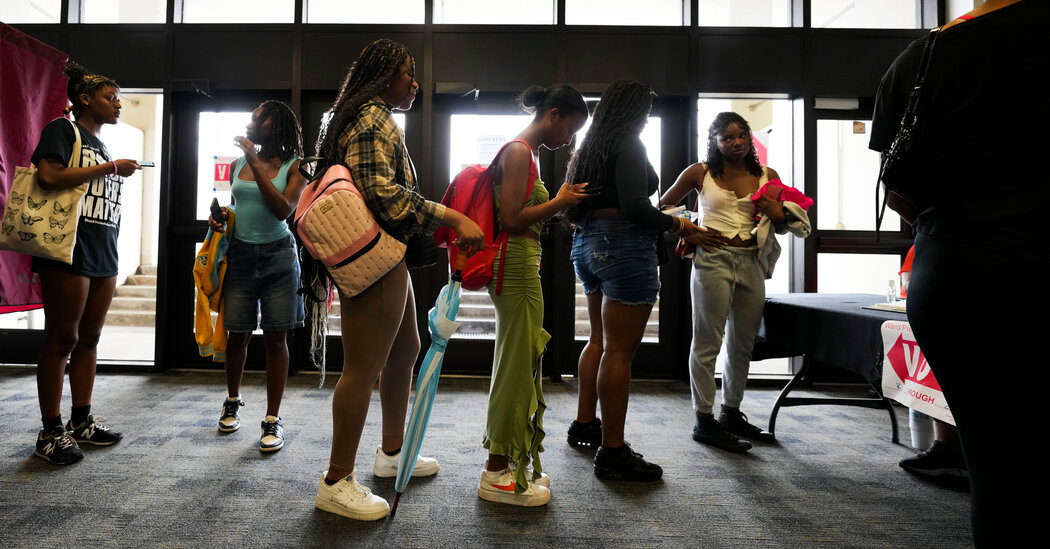Supreme Court Weighs Louisiana’s Voting Map Dispute
A majority of the Supreme Court appeared ready on Monday to allow Louisiana to continue using a congressional voting map that includes two majority-Black districts. The case questions whether Louisiana lawmakers improperly relied on race when drafting the map. This decision could influence the balance of power in the House of Representatives and guide other states concerning how much race can be considered under the Voting Rights Act of 1965. The court’s conservative majority has previously curtailed the scope of this law.
Supreme Court Considers Louisiana Voting Map Challenge
As the debate continued, the implications of the court’s decision loomed over not just Louisiana but potentially the entire country. The balance between considering racial demographics to ensure fair representation and avoiding unconstitutional race-based gerrymandering remained at the core of the discussion. Lawmakers, legal experts, and civil rights organizations across the nation watched closely, recognizing that the outcome could set a significant precedent for how race is factored into political districting. For states with shifting demographics, the ruling could either affirm or alter their approaches to drawing electoral boundaries. Furthermore, the decision could influence future litigation across the U.S., offering a clearer interpretation of the Voting Rights Act’s applicability and the degree to which race may be considered in political redistricting. This case thus highlights the ongoing complexities and legal challenges in achieving fair representation while adhering to constitutional protections against racial discrimination.
Role of Race in Redistricting Controversy
In her questioning, Justice Sonia Sotomayor highlighted the complexities surrounding race and politics in redistricting. She pointed out that historically, political preferences often align closely with racial divisions, especially in states like Louisiana. She suggested that race and politics are not easily separated in such contexts, adding that ignoring race entirely could overlook significant historical and social factors that contribute to voter behavior. The debate delved into whether considering race, even as a secondary factor, might inadvertently lead to its predominance in decisions, and how such nuances affect the interpretation of the Constitution and the Voting Rights Act in creating fair electoral districts.
Snake-like Map and Political Considerations
Mr. Aguiñaga emphasized that the state had attempted to navigate the complex demands placed upon it by the courts and voters, suggesting that achieving a balance between political interests and compliance with federal mandates is a recurring challenge. He cautioned that if Louisiana’s current map were to be overturned, it would likely lead to a cycle of continued litigation and uncertainty. Such a situation, he asserted, would be detrimental not just to the state’s electoral process but could also set a precedent affecting other states facing similar dilemmas. The solicitor general’s argument highlighted the difficulties inherent in redistricting when racial and political considerations collide, potentially impacting the integrity and stability of election frameworks across the nation.
Conclusion on the Role of Race in Redistricting
In closing, the case before the Supreme Court highlights the ongoing complexities and contentiousness surrounding redistricting and the role of race in political district formations. As the justices deliberate, the implications of their decision will extend beyond Louisiana, potentially influencing the balance of power in Congress and shaping guidelines for future redistricting efforts across the nation. The outcome will offer critical insights into how the courts interpret the constitutionality of using race as a factor in this essential aspect of the democratic process.















Post Comment